Descrição
How to Record Video Lectures for Online Courses
Recording video lectures for online courses may seem daunting at first, but with the right tools and a few tips, you can create high-quality content for your students. In this blog, we’ll explore the essential steps to recording video lectures for online courses efficiently and professionally.
Equipment Needed
Before you start recording your video lectures, it’s important to have the right equipment. Here are some essential items:
- Camera: Use a quality camera to ensure a good image. If you don’t have a professional camera, you can use your smartphone’s camera.
- Microphone: Good audio is essential for a clear and understandable video lecture. Invest in an external microphone or use a headset with a microphone.
- Lighting: Make sure you have adequate lighting to avoid shadows and ensure good image quality.
- Computer: You will need a computer to edit your video lessons and upload the content.
Preparing the content
Before you start recording, it is important to plan the content of your video lessons. Here are some tips to help you:
- Define the topics: Divide the content of your course into clear and organized topics.
- Create a script: Write a detailed script for each video lesson, including an introduction, development and conclusion.
- Use visual resources: Think of slides, graphs or practical demonstrations that can enrich the content of your video lessons.
Recording the video lessons
Now that you are prepared, it is time to start recording your video lessons. Follow these steps:
- Choose a quiet place: Find a quiet place free from distractions to record your video lessons.
- Position yourself correctly: Make sure your camera is positioned at a suitable angle and that you are well framed.
- Speak clearly: Speak clearly and slowly, avoiding slang and very complex technical terms.
- Use visual resources: Show slides, graphs or do practical demonstrations to enrich the content of your video lessons.
Editing and publishing
After recording your video lessons, it is time to edit and publish the content. Follow these steps:
- Edit your video lessons: Use video editing software to cut out unnecessary parts, add visuals, and improve audio quality.
- Organize your content: Divide your video lessons into modules or topics to make it easier for students to navigate.
- Choose a hosting platform: There are several online platforms where you can host your video lessons, such as YouTube, Vimeo, or distance learning platforms.
- Promote your course: Promote your video lessons on social media, on your website, or through partnerships to attract interested students.
Now that you know the essential steps to record video lessons for online courses, you are ready to start creating your own educational content. Remember to practice and improve your skills over time. Good luck!
How to record video lessons for online courses
Recording video lessons for online courses is an essential task for those who want to share knowledge and reach a larger audience. In this article, we will explore some tips and techniques for creating quality video lessons that are attractive to students. Follow along!
Choose the right equipment
Before you start recording your video lessons, it is important to have the right equipment. You will need a good quality camera, an external microphone to ensure good audio capture and a tripod to maintain image stability.
Define a script
A well-structured script is essential to maintain the organization and fluidity of your video lessons. Define the topics that will be covered, create a captivating introduction and divide the content into parts to facilitate student learning.
Use visual resources
To make your video lessons more dynamic and interesting, use visual resources such as slides, graphs and images. This will help illustrate the concepts covered and facilitate understanding by students.
Edit the video
After recording your video lessons, it is time to edit the material. Use video editing software to cut unnecessary parts, add smooth transitions and improve the quality of the audio and image. Remember to maintain an appropriate pace, avoiding classes that are too long or monotonous.
Host your video classes on a reliable platform
To make your video classes available to students, it is important to choose a reliable hosting platform. There are several options on the market, such as YouTube, Vimeo and platforms specialized in online courses. Evaluate the features offered by each one and choose the one that best meets your needs.
Promote your video classes
After recording and hosting your video classes, it is time to promote them to reach a larger audience. Use social media, create a blog or website to promote your content and interact with students through comments and questions. The more visibility your video lessons have, the more people will be able to benefit from your knowledge.
Conclusion
Recording video lessons for online courses may seem like a challenge at first, but with the right tips and techniques, you can create quality content that is attractive to students. Remember to invest in good equipment, create a well-structured script, use visual resources, edit the video properly and promote your video lessons to reach a larger audience. Good luck!
- Choose the right equipment
- Set a script
- Use visual aids
- Edit the video
- Host your video lessons on a reliable platform
- Promote your video lessons
Also read: Tips for creating successful online courses
References:
Sitelinks:
- How to create an online course
- Tips for recording video lessons
- Best platforms for hosting online courses
Reviews:
Check out what students are saying about our video lessons:
- "The video lessons are very clear and objective, making learning easier." - João Silva
- "I recommend the video lessons to anyone who wants to learn in a practical and efficient way." - Maria Santos
- "Excellent content! The video lessons are very well structured and easy to understand." - Pedro Oliveira
People also ask:
- How do I choose the best equipment to record video lessons?
- How important is it to use visual resources in video lessons?
- How can I promote my video lessons to reach more students?
Knowledge panel:
Recording video lessons for online courses is an efficient way to share har knowledge and reach a larger audience. In this article, you will find tips and techniques for creating quality and attractive video lessons for students.
FAQ:
1. What equipment is needed to record video classes?
To record video classes, you need to have a good quality camera, an external microphone and a tripod to maintain the stability of the image.
2. How to edit video classes?
Use video editing software to cut out unnecessary parts, add smooth transitions, and improve audio and image quality.
3. Where to host the video classes?
There are several hosting platform options, such as YouTube, Vimeo and platforms specialized in online courses. Choose the one that best meets your needs.
Top stories:
- New techniques for recording video classes
- How to create a successful online course
- Tips for promoting your video classes
Recipes:
Learn how to record video classes for online courses with the following steps:
- Choose the appropriate equipment
- Define a roadmap
- Use visual aids
- Edit the video
- Host your video classes on a reliable platform
- Promote your video classes
Find results in:
- How to create an online course
- Tips for recording video classes
- Best Platforms to Host Online Courses
See the results about:
- Tips for creating successful online courses
- How to edit video classes professionally
- Marketing strategies to promote video classes
Related searches:
- How to create an online course step by step
- What are the best cameras for recording video classes?
- How to increase the audio quality in video classes?
How to record video lessons for online courses
Recording video lessons for online courses is an increasingly common and necessary practice nowadays. With the growth of distance learning and the search for online knowledge, many people are venturing into creating online courses and need to learn how to record quality video classes.
Why record video classes?
Video classes are an efficient way to transmit knowledge in a clear and objective way. Furthermore, they allow students to attend classes at their own pace, pausing, rewinding and watching as many times as necessary.
In addition, video classes can be accessed from anywhere and at any time, which makes it easier for students to access the content.
How to record video lessons for online courses
To record video lessons for online courses, you need to have some basic equipment, such as a good quality camera, an external microphone and a suitable environment for recording.
It is also important to plan the content of the classes, dividing it into topics and creating a script to follow during recording. This helps maintain organization and clarity in explaining the content.
When recording, it is important to pay attention to the lighting in the environment, so that the video has good visual quality. Furthermore, it is important to speak clearly and objectively, avoiding slang and technical terms that can make it difficult for students to understand.
Editing and publishing video classes
After recording the video classes, it is necessary to edit the material. There are several video editing software available on the market, which and allow you to cut out unwanted parts, add subtitles, soundtracks, and other features.
After editing, video lessons can be published on distance learning platforms, such as Moodle, or on video sharing platforms, such as YouTube. It is important to choose the most appropriate platform for your target audience and ensure that access to the content is easy and intuitive.
Sitelinks
Sitelinks are additional links displayed in Google search results that direct users to specific pages on the website. In the case of a blog about how to record video lessons for online courses, sitelinks could be directed to pages with tips on equipment, recording and video editing techniques, among other related topics.
Reviews
Reviews are evaluations made by users about products or services. In the case of a blog about how to record video lessons for online courses, the reviews could be about recording equipment, video editing software, and other resources used in the production of video lessons.
People also ask
"People also ask" are frequently asked questions by users in Google search results. In the case of a blog about how to record video lessons for online courses, some frequently asked questions could be: "What is the best equipment for recording video lessons?", "How can I improve the audio quality in video lessons?", among others.
Knowledge panel
The Knowledge panel is an information box displayed in Google search results, which contains relevant information about a given subject. In the case of a blog about how to record video lessons for online courses, the Knowledge Panel could display information about the necessary equipment, video recording and editing techniques, among other related topics.
FAQ
FAQ (Frequently Asked Questions) is a section of frequently asked questions on a website or blog, where the most common questions from users are answered. In the case of a blog about how to record video lessons for online courses, the FAQ could contain questions such as: "What are the best video editing software?", "How to choose the ideal environment for recording video lessons?", among others.
Top stories
Top stories are recent and relevant news about a given subject, displayed in Google search results. In the case of a blog about how to record video lessons for online courses, the Top Stories could be news about new recording techniques, equipment launches, among other related topics.
Recipes
Recipes are culinary recipes displayed in Google search results. In the case of a blog about how to record video lessons for online courses, the Recipes would not be relevant to the subject in question.
Find results on
"Find results on" is a Google search option that allows the user to refine the search results for a specific website. In the case of a blog about how to record video lessons for online courses, "Find results on" could be used to search for specific results within the blog itself.
See results about
"See results about" is a Google search option that allows the user to see results related to a specific subject. In the case of a blog about how to record video lessons for online courses, "See results about" could be used to search for results related to recording techniques, recommended equipment, among other related topics.
Related searches
Related searches are searches related to a specific topic, displayed in Google search results. In the case of a blog about how to record video lessons for online courses, some related searches could be: "How to edit video lessons", "Tips for improving audio quality in video lessons", among others. others.
Recording video lessons for online courses may seem challenging at first, but with the right techniques and the right equipment, it is possible to produce quality content and transmit knowledge efficiently. I hope this blog has helped you understand a little more about how to record video lessons for online courses.
What is the best method for recording video lessons for online courses?
Recording video lessons for online courses is an essential task for those who want to share knowledge and reach a larger audience. However, there are different methods and techniques that can be used in this process. In this article, we will explore some options and discuss which is the best method for recording video lessons for online courses.
Recording Video Lessons: The Basics
Before we get into the details about the different recording methods, it is important to understand the basics. Regardless of the method you choose, there are some essential elements that you should consider:
- Planning: Before you start recording, it is essential to plan the content of your video lesson. Define the topics that will be covered, create a script and organize the material that will be used during the recording.
- Equipment: To record quality video lessons, it is important to invest in adequate equipment. A high-resolution camera, a quality microphone and a well-lit environment are essential to ensure a good experience for students.
- Editing: After recording, it is necessary to edit the material to make it more professional. Use video editing software to cut out unnecessary parts, add visual elements, and improve audio quality.
Video recording methods
Now that you know the basics of recording video lessons, let's explore some popular methods:
1. Camera and whiteboard recording
This is a traditional method in which the teacher uses a camera to record themselves while explaining the content on a whiteboard. This method is simple and effective, as it allows for direct interaction with students.
2. Screen recording
This method is ideal for courses that involve software demonstrations or the use of online tools. With screen recording software, the teacher can demonstrate step-by-step how to use a particular program or platform.
3. Recording with slides
This method is widely used in courses that involve slide presentations. The teacher can use presentation software, such as PowerPoint, to create the slides and record the screen while presenting them.
What is the best method?
There is no single method that is best for all cases. Choosing the ideal method depends on the type of course, the content to be presented and the teacher's preferences. In addition, it is important to consider the quality of the material produced and the ease of production.
Regardless of the method chosen, it is essential to invest in a good recording structure, use quality equipment and dedicate time to editing the material. This will ensure a positive experience for students and increase the chances of success of your online course.
Sitelinks
Sitelinks are additional links that appear below the main result of a website in search results. They provide quick access to relevant internal pages of the website. In the case of an online course, sitelinks can direct users to specific pages, such as the registration page, the course content page, or the contact page.
Reviews
Reviews are assessments made by students who have already taken the online course. They can appear in search results and provide important information about the quality of the course. Reviews can influence users’ decisions when choosing the best course for their needs.
People also ask
The “People also ask” section displays questions related to the topic searched. In this case, some questions that may appear are: “What is the best screen recording software?”, “How to choose the best equipment for recording video lessons?” and “What are the best video editing techniques?”. These questions can provide additional insights for users and direct them to your content.
Knowledge panel
The knowledge panel is an information box that appears in search results and provides quick information on a particular topic. In the case of online courses, the knowledge panel can display information about the course, such as the duration, price and average student rating.
FAQ
The frequently asked questions (FAQ) section is a great way to provide additional information about your online course. It can address common user questions such as “How long do I have access to the course?” or “Can I take the course at my own pace?” The questions and answers provided in the FAQ section can help users make an informed decision about the course.
Top stories
The “Top stories” section displays the latest news related to the topic searched. In the case of online courses, this section can provide information on the latest trends and developments in the online education space.
Recipes
The “Recipes” section is most commonly associated with cooking recipes, but it can be adapted for online courses. In this case, the “recipes” could be step-by-step guides on how to record video lessons, how to choose the best equipment, or how to edit videos professionally.
Find results on
The “Find results on” section displays links to other websites or platforms related to the topic searched. For online courses, this section may direct users to online learning platforms, discussion forums, or study groups.
See results about
The "See results about" section displays links to other topics related to the topic you searched for. For online courses, this section may provide information on related topics such as "How to create an online course" or "How to promote an online course."
Related searches
The "Related searches" section displays searches related to the topic you searched for. For online courses, some related searches might be "Free online courses," "Online digital marketing courses," or "Online programming courses." These searches can provide additional content ideas and direct users to your course.
In short, recording video lessons for online courses requires planning, the right equipment, and dedication to editing the material. There is no single method that is best for all cases, but it is important to consider the quality of the material produced and the ease of production. Use the SERP features mentioned in this article to optimize the visibility of your online course in search results and attract more interested students.
What is the purpose of recording video classes for online courses?
Recording video classes for online courses is an increasingly common and necessary practice these days. With the growth of distance learning and the search for online knowledge, having the ability to record quality video classes has become essential for teachers, instructors, and content creators.
Sitelinks
Sitelinks are additional links that appear in Google search results, below the main link. They help users navigate directly to specific pages on the site. When recording video classes for online courses, it is important to have a well-structured and organized website, so that sitelinks can direct users to the different sections of the course.
Reviews
Reviews are evaluations made by students who have already watched the video lessons of an online course. They are important to help other users decide whether the course is of quality and whether it is worth investing in it. When recording your video lessons, it is essential to always strive for excellence and offer relevant and useful content, in order to receive good reviews from students.
People also ask
"People also ask" are questions related to the search topic that appear in Google results. When recording video lessons of online courses, it is interesting to address these questions in your content, to offer complete and relevant answers to users.
Knowledge panel
The knowledge panel is an information panel that appears in Google search results, providing quick and relevant information on a given subject. When recording video lessons for online courses, it is important to have solid knowledge of the topic covered, so that your content is considered relevant enough to appear on the knowledge panel.
FAQ
FAQ (Frequently Asked Questions) is a section of frequently asked questions that can be included on a website or online course page. When recording video lessons, it is interesting to anticipate students' most common questions and include clear and objective answers in your content, to facilitate learning and avoid unnecessary questions.
Top stories
Top stories are recent and relevant news about a given subject, which appear in Google search results. When recording video lessons for online courses, it is important to be up to date and follow the latest news and trends in the market, to offer current and attractive content to students.
Recipes
Recipes are culinary recipes that appear in Google search results. Although they are not directly related to the topic of recording video classes for online courses, it is important to mention that creativity and originality are essential ingredients for creating successful video classes.
Find results on
"Find results on" is a feature that allows users to find search results on a specific website. When recording video classes for online courses, it is important to have an optimized website with a good navigation structure, so that users can easily find the desired content.
See results about
"See results about" is a feature that allows users to see search results related to a specific topic. When recording video classes for online courses, it is important to offer comprehensive and complete content, so that users can find relevant and useful information on the topic.
Related searches
Related searches are searches related to the topic that appear in Google search results. When recording video lessons for online courses, it is interesting to cover different aspects and topics related to the main subject, to meet the varied needs and interests of users.
Conclusion
Recording video lessons for online courses is an essential practice for teachers, instructors and content creators who want to share knowledge and reach a larger audience. By using the aforementioned elements and taking advantage of SERP features, it is possible to increase the visibility and relevance of your content, providing an enriching learning experience for students.
Who can record video lessons for online courses and how?
Online courses have become increasingly popular, offering a practical and accessible way to acquire knowledge. One of the main features of these courses are video lessons, which allow students to learn in a visual and interactive way. But who can record video lessons for online courses and how? In this article, we will explore this topic and provide valuable tips for those who want to venture into this universe.
Who can make video classes for online courses?
Anyone who has knowledge in a certain area can make video classes for online courses. It is not necessary to be a renowned expert, but it is important to have mastery over the subject that will be covered. If you are passionate about a topic and have practical or theoretical experience, you can share your knowledge through video classes.
In addition, it is important to have communication and teaching skills to convey the content in a clear and engaging way. After all, the goal of video classes is to facilitate student learning, making the content more accessible and interesting.
How to record video classes for online courses?
Now that you know that anyone can make video classes for online courses, let's explore the recording process. Here are some important steps to follow:
- Planning: Define the objective of the course, the target audience and the content that will be covered in each video lesson. Organize a script to guide your presentation.
- Equipment: Invest in good recording equipment, such as a quality camera and an external microphone. Audio and video quality are essential for a good student experience.
- Environment: Choose a quiet and well-lit place to record your video lessons. Avoid external noise and make sure the environment is organized and clean.
- Presentation: Dress appropriately and maintain a professional posture during recordings. Speak clearly and objectively, using examples and visuals to enrich the content.
- Editing: After recording, it's time to edit the video lessons. Use video editing software to cut unnecessary parts, add visuals, and improve the overall quality of the material.
- Hosting: Choose an online course hosting platform to make your video lessons available. There are several options available, such as YouTube, Udemy, and Teachable.
After following these steps, you'll be ready to record your video lessons and share your knowledge with the world. Remember to always seek to improve your teaching skills and be open to feedback from students to continue improving.
Sitelinks
Sitelinks are additional links displayed in search results that direct users to specific pages on the website. For online courses, sitelinks can be used to direct users to registration pages, course information, and student testimonials.
Reviews
Reviews are assessments made by students who have already taken the online course. They can be displayed in search results and help users make an informed decision about which course to choose. It is important to encourage students to leave reviews and respond to them transparently.
People also ask
The "People also ask" section displays questions related to the topic searched. In this case, questions such as "How do I start recording video lessons?", "What equipment do I need to record video lessons?" and "What is the best hosting platform for online courses?" may be displayed. It is important to create relevant content that answers these questions and optimize your website to appear in this section.
Knowledge panel
The knowledge panel is an information box displayed in search results that provides a summary of the topic searched. To appear in this section, it is important to create complete and relevant content about how to record video lessons for online courses, including tips, step-by-step instructions, and best practices.
FAQ
The frequently asked questions (FAQ) section is a great way to provide additional information about how to record video lessons for online courses. those of online courses. Cr
Estimar frete
Payment & Security
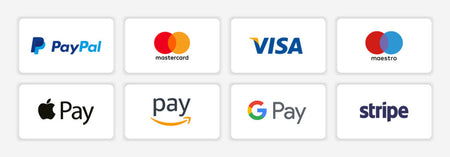
Featured collection
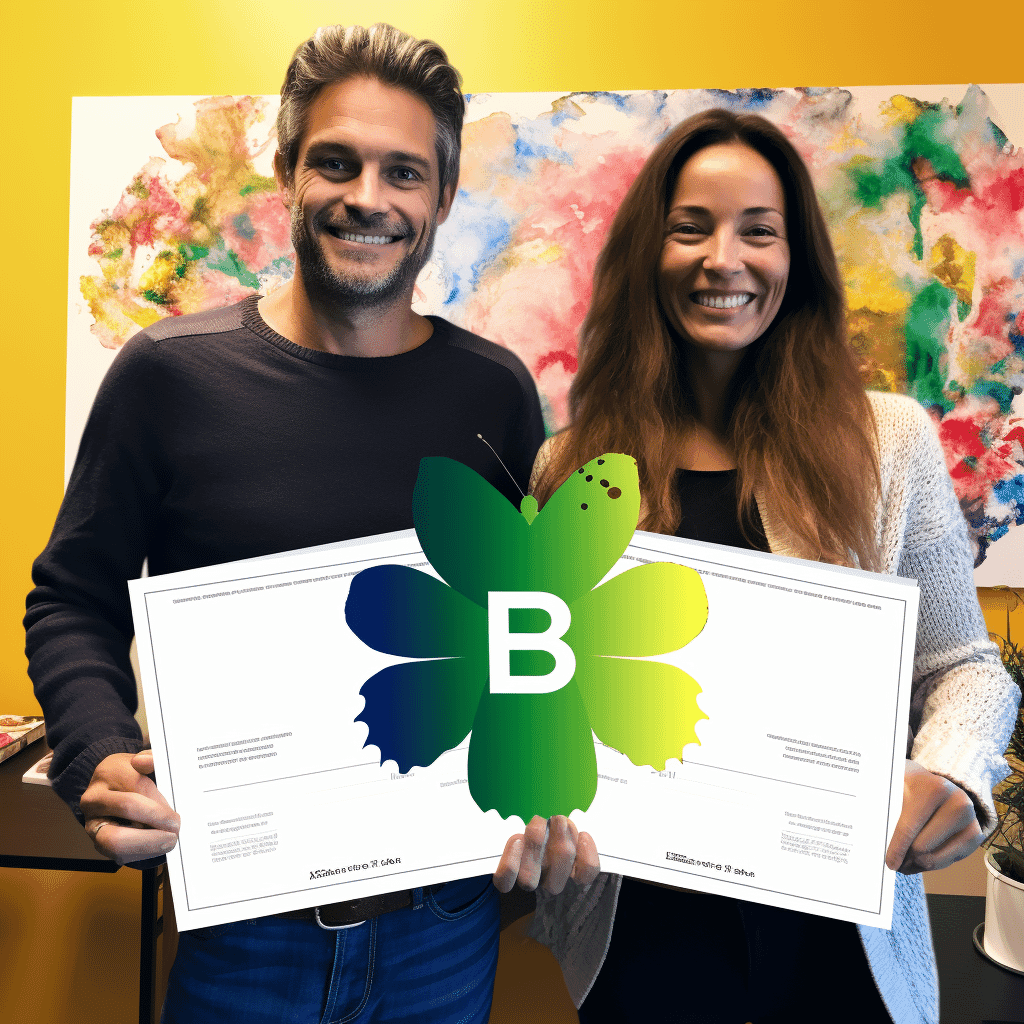

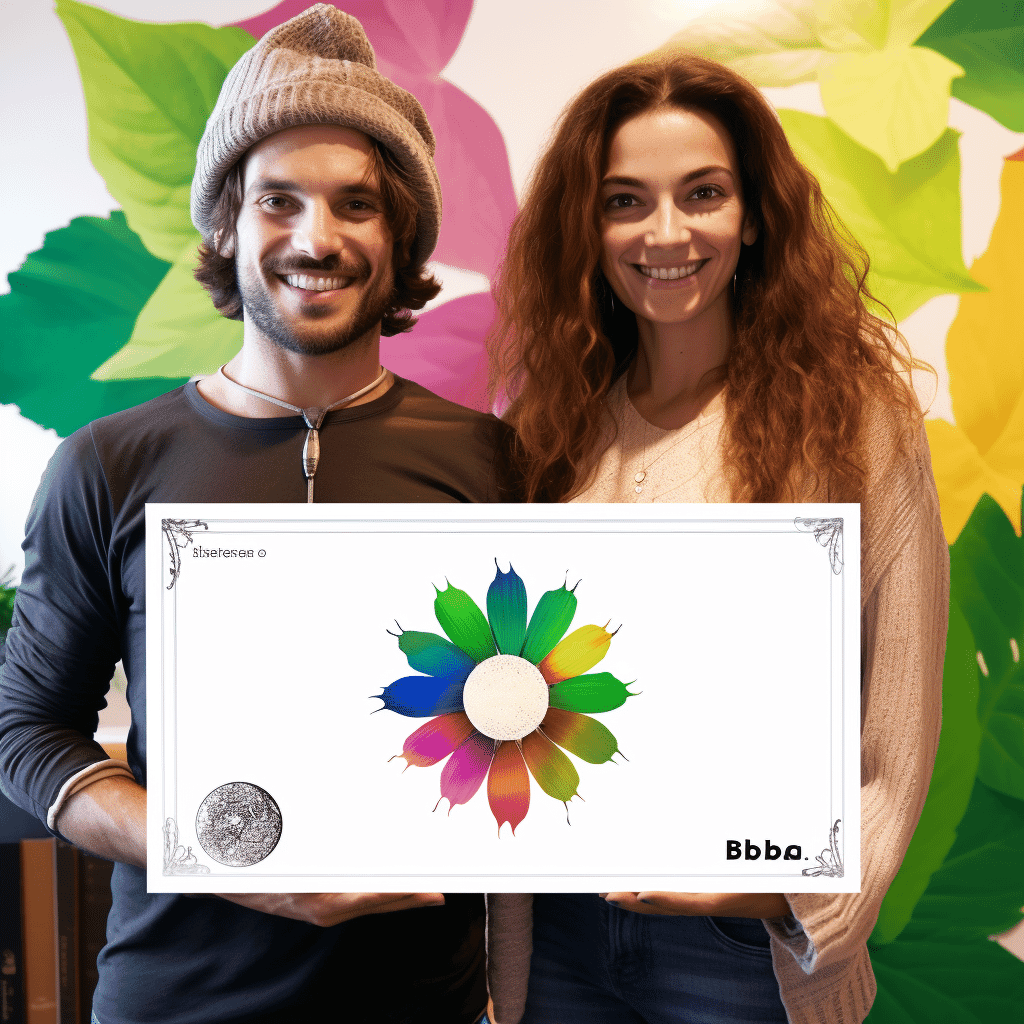



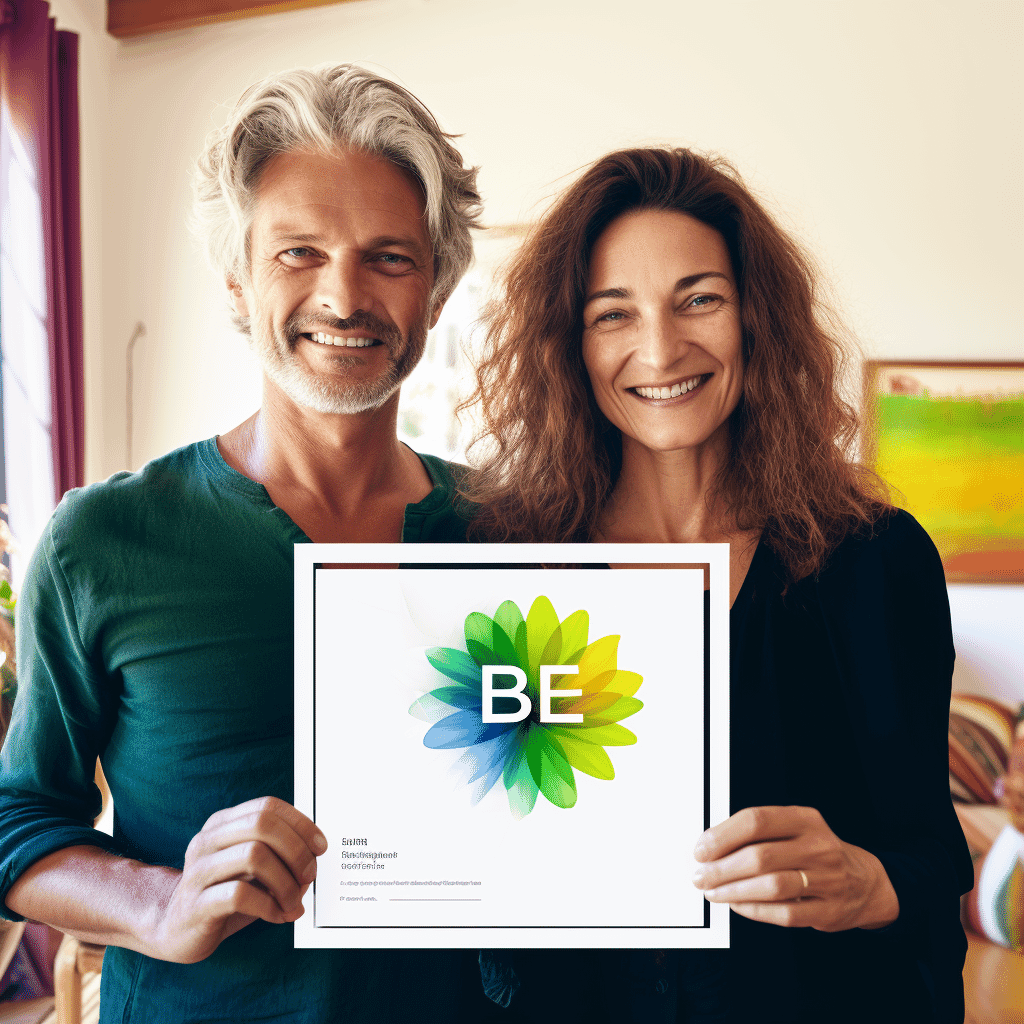




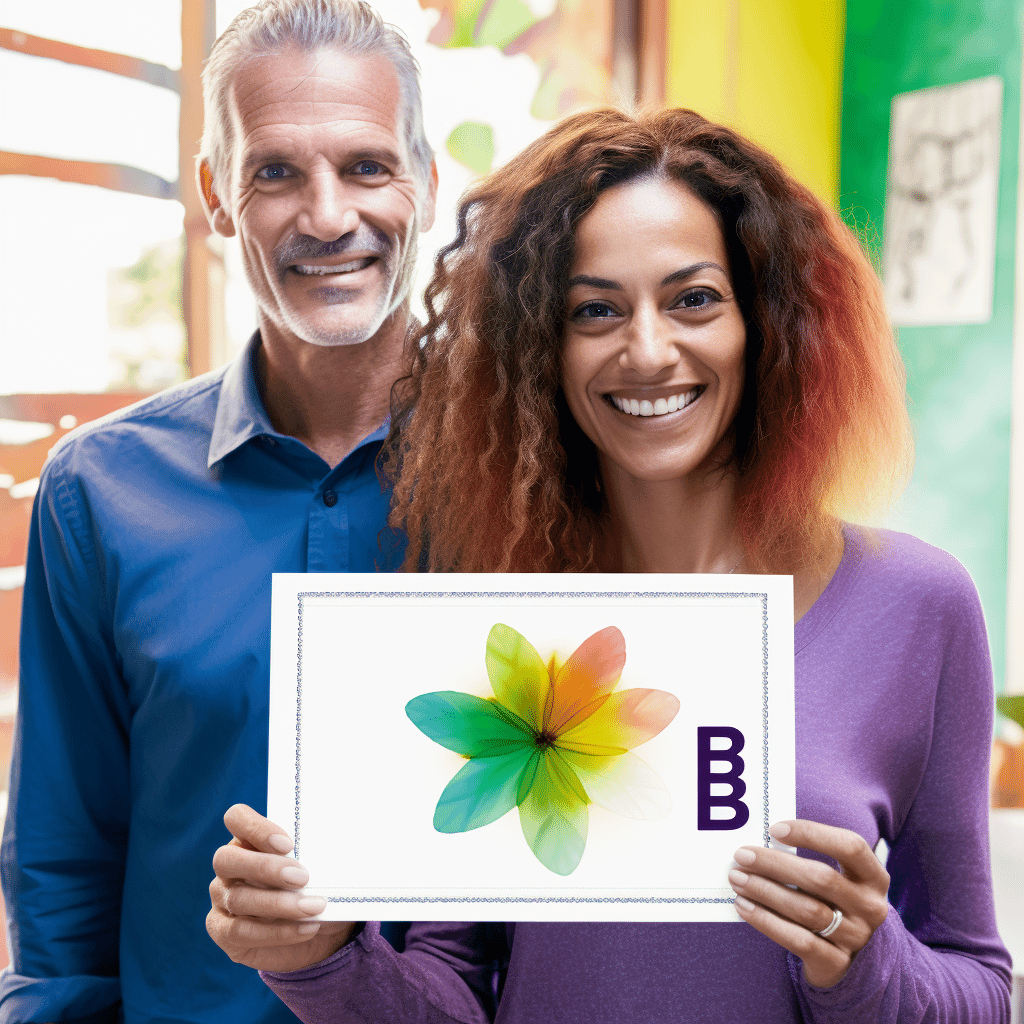



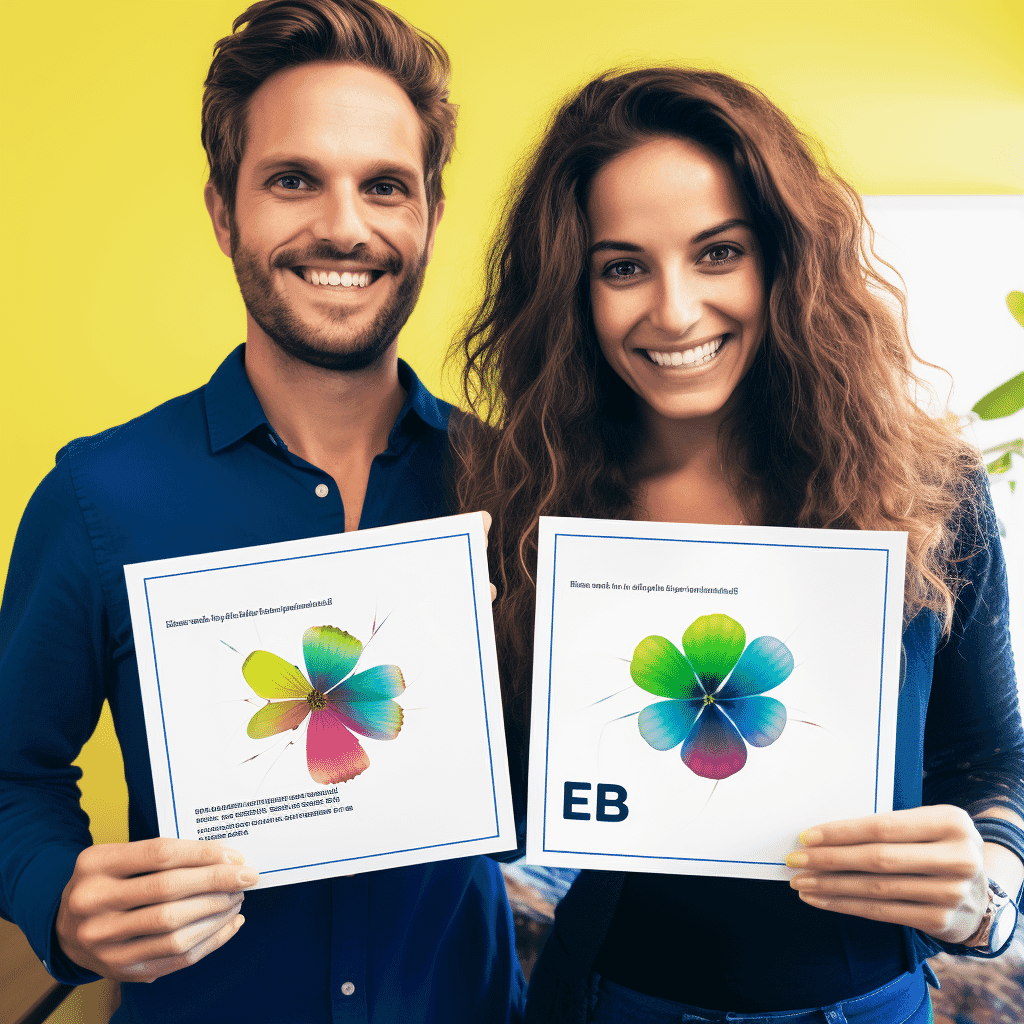
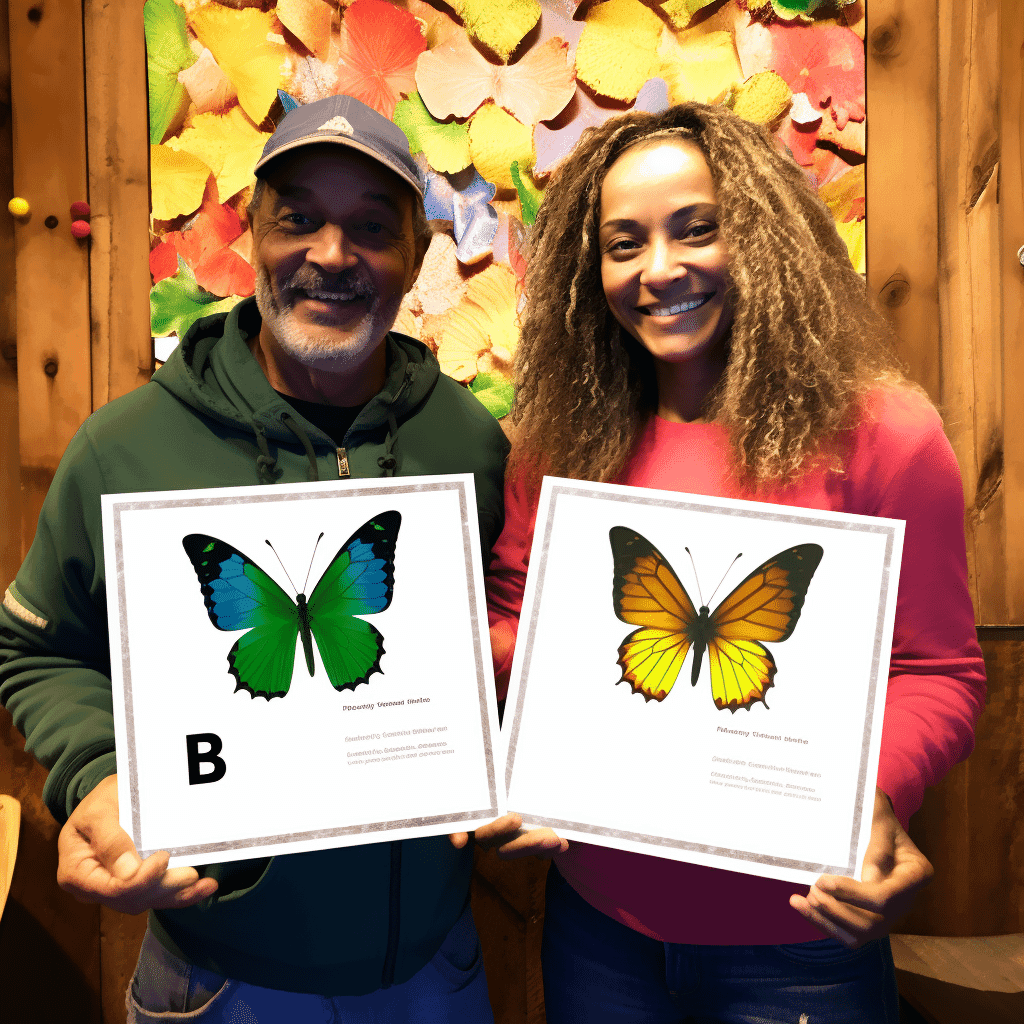

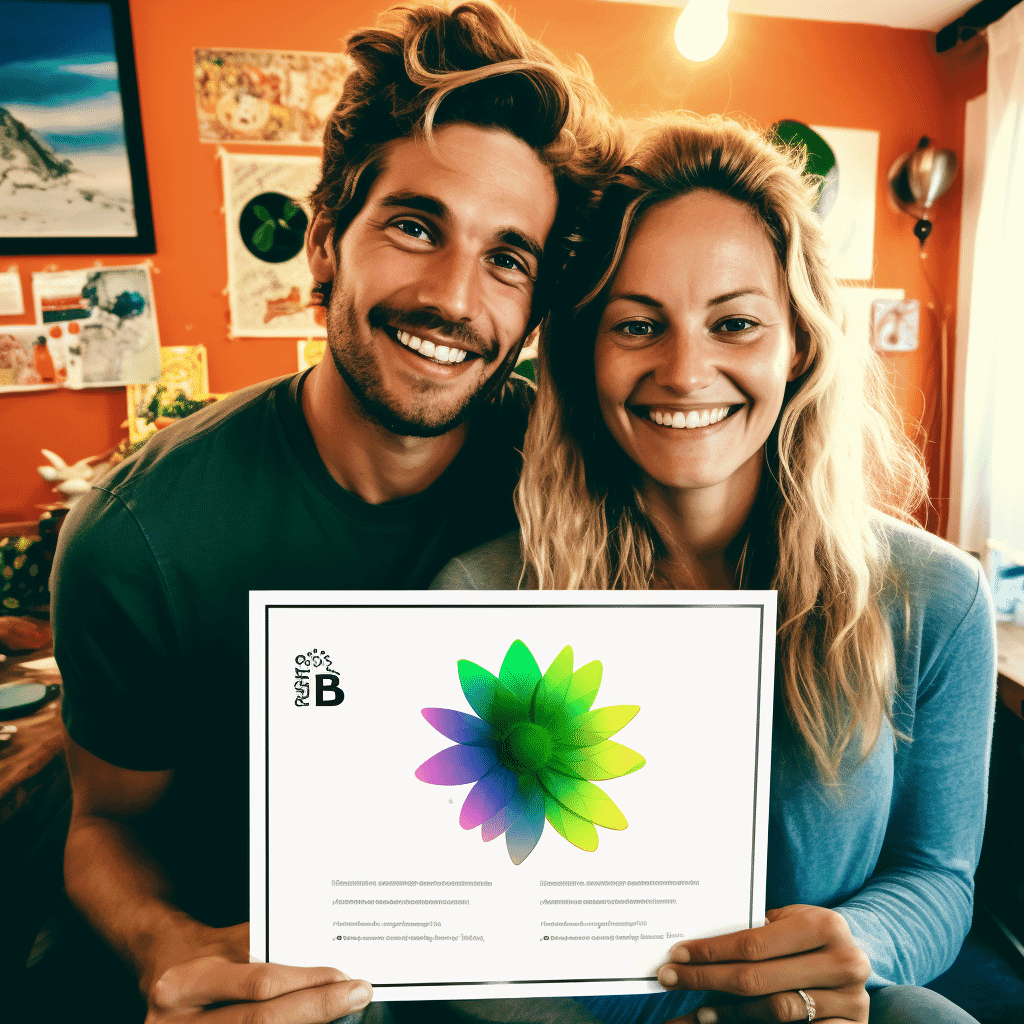


![Curso de Angular e NodeJS - O Guia da Pilha MEAN [Edição 2023] - IBRATH Instituto Brasileiro de Terapias Holísticas teste011020230809](http://enciclopedia.paginasdabiblia.com/cdn/shop/products/a19556.png?v=1699935448&width=1024)




![Curso de Docker & Kubernetes: O Guia Prático [Edição 2023] - IBRATH Instituto Brasileiro de Terapias Holísticas teste011020230809](http://enciclopedia.paginasdabiblia.com/cdn/shop/products/a19570.png?v=1699935525&width=1024)








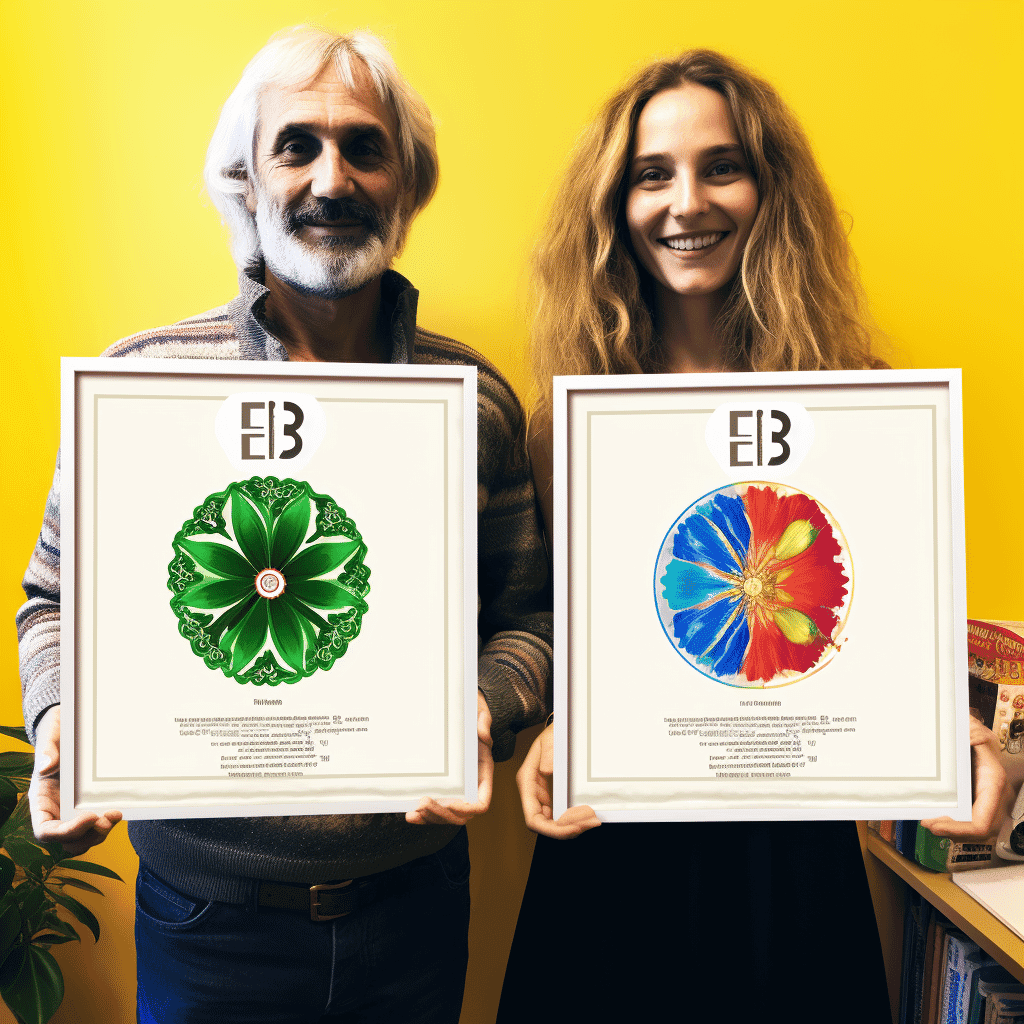


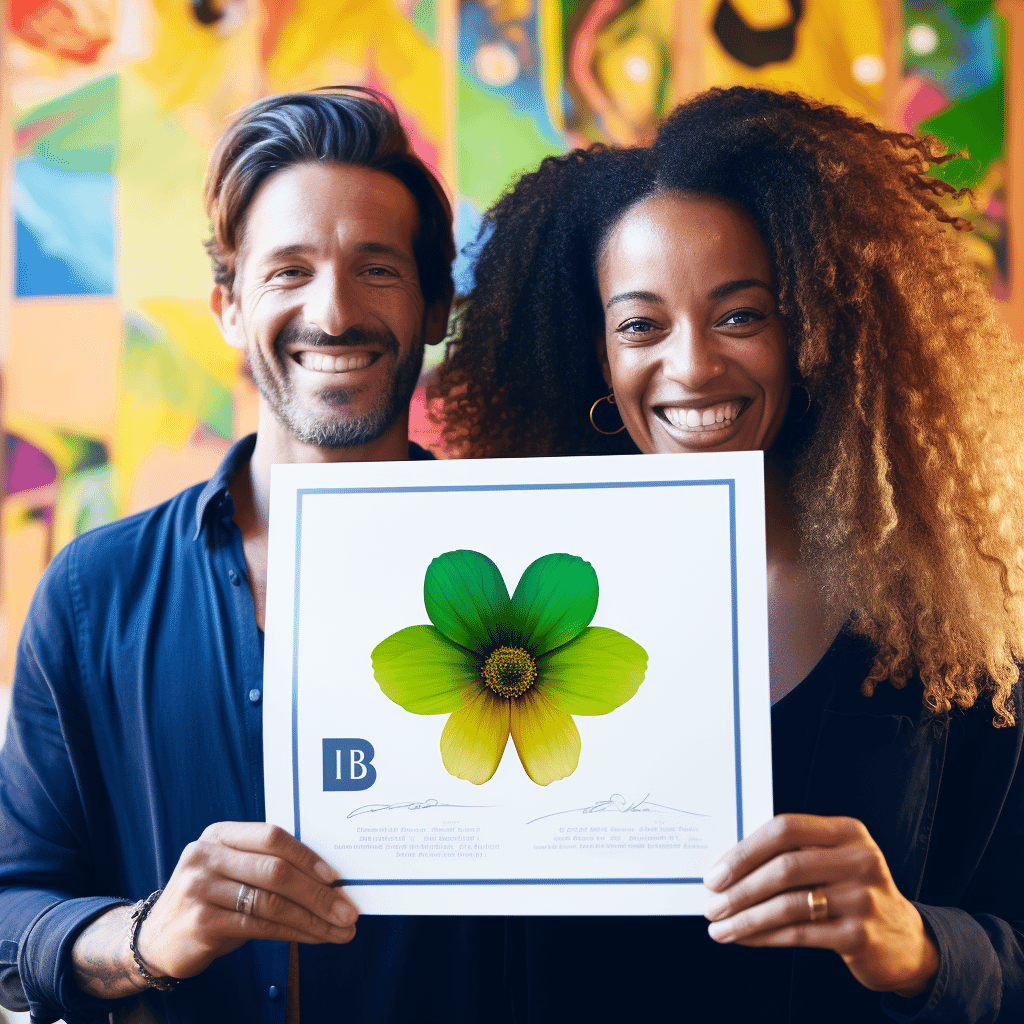




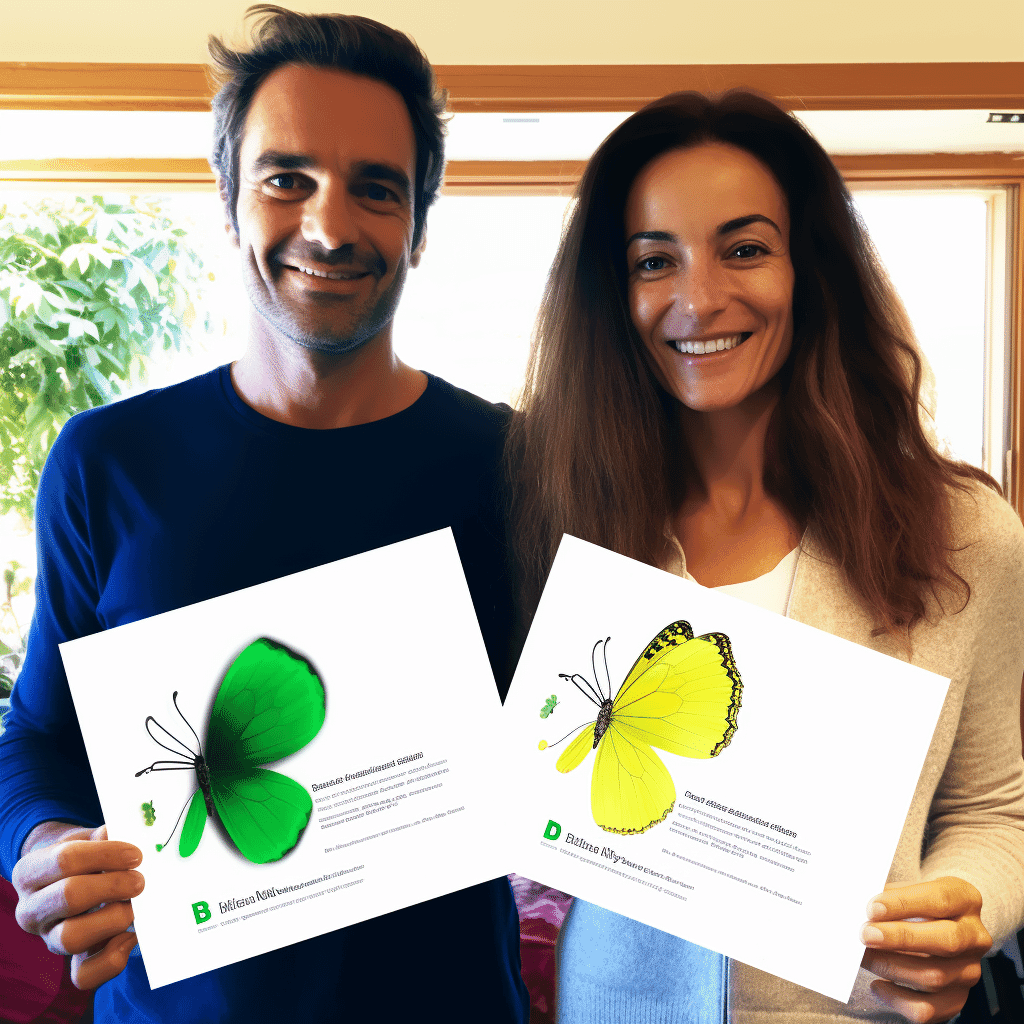


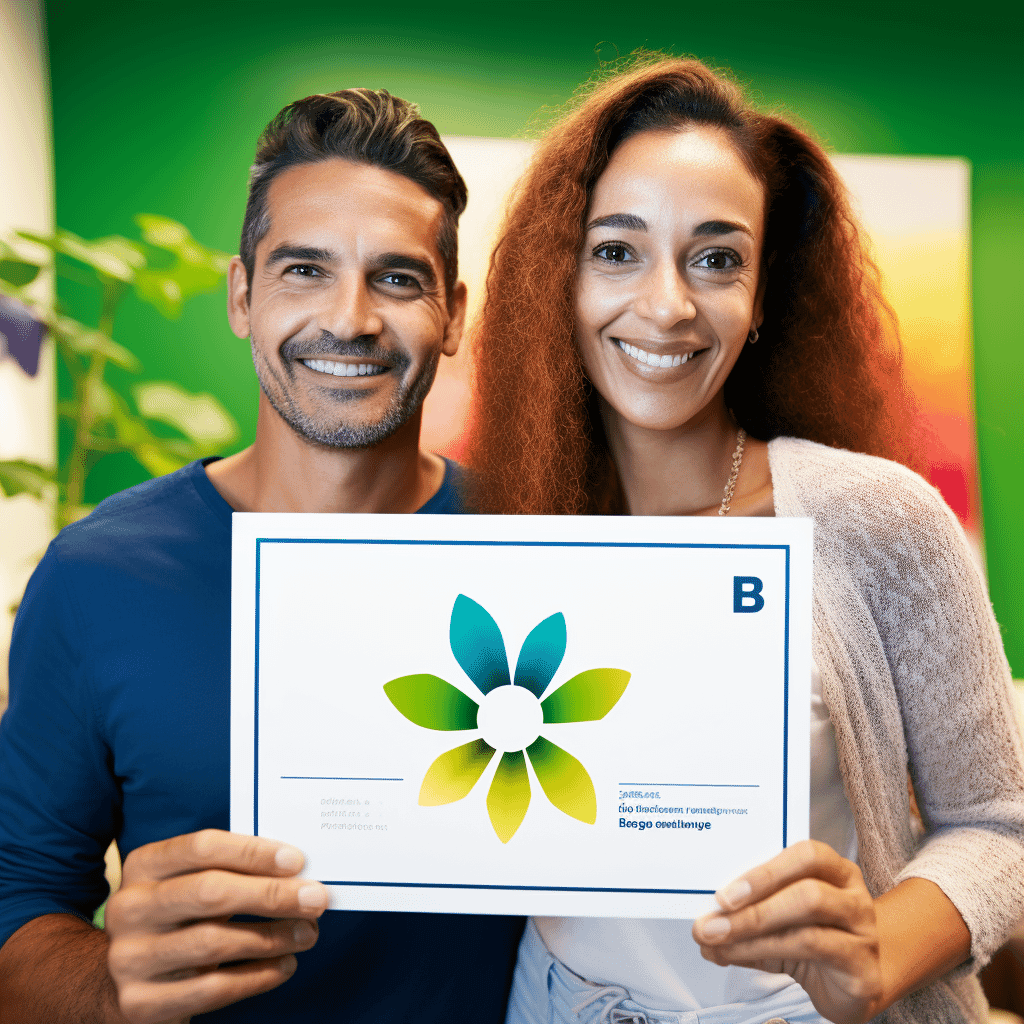

Dúvidas Gerais
Após a confirmação do pagamento, você receberá um e-mail com todas as instruções para acessar seus cursos. O e-mail incluirá um link para a plataforma de ensino, onde você poderá fazer login utilizando suas credenciais cadastradas no momento da compra. Caso seja um curso em formato de arquivo para download, o mesmo estará disponível na área do aluno e poderá ser acessado diretamente pelo link enviado. Se você não receber o e-mail de acesso em até 24 horas, verifique sua caixa de spam ou entre em contato com nossa equipe pelo e-mail suporte@amentil.com.br.
Após a confirmação do pagamento, seu pedido será processado e enviado para o endereço cadastrado. Você receberá um e-mail com os detalhes do envio, incluindo o código de rastreamento para acompanhar a entrega. Trabalhamos com transportadoras confiáveis e os prazos variam de acordo com o método de envio escolhido e sua localização. É importante garantir que o endereço de entrega esteja correto para evitar atrasos. Caso tenha dúvidas ou problemas com a entrega, nossa equipe de suporte está à disposição pelo e-mail suporte@amentil.com.br.
Você pode tirar dúvidas diretamente com nossa equipe de suporte por diversos canais:
- E-mail: Envie sua pergunta para suporte@amentil.com.br, e nossa equipe responderá em até 2 dias úteis.
- Telefone: Ligue para +55 (48) 1234-5678, disponível de segunda a sexta, das 9h às 18h.
- WhatsApp: Envie uma mensagem para +55 (48) 91265-4321 e receba atendimento rápido e prático.
- Formulário de Contato: Preencha o formulário disponível em nosso site na página Contato.
- Redes Sociais: Você também pode enviar suas dúvidas pelo Instagram ou Facebook em @amentil.sa.
Estamos sempre prontos para ajudar!
Reembolso e garantias
O prazo de reembolso pode variar dependendo da forma de pagamento utilizada:
- Cartão de Crédito: O estorno será realizado em até 7 dias úteis após a aprovação do reembolso, mas o crédito poderá aparecer na sua fatura em um prazo de 30 a 60 dias, conforme a política da operadora do cartão.
- Boleto Bancário ou Transferência: O valor será devolvido via depósito em conta bancária em até 7 dias úteis após a aprovação do reembolso.
Você pode solicitar a devolução de produtos físicos seguindo o passo a passo abaixo:
- Entre em contato com nosso suporte:
- Aguarde nossa resposta:
Nossa equipe analisará sua solicitação em até 3 dias úteis e fornecerá as instruções detalhadas para a devolução. - Prepare o produto:
- Envie o produto:
- Reembolso ou troca:
Nosso compromisso é fornecer uma experiência confiável e segura ao acessar nossa enciclopédia online. Garantimos a qualidade dos serviços e funcionalidades oferecidos, seguindo as condições descritas abaixo:
1. Garantia de Acesso
- Disponibilidade: Oferecemos garantia de disponibilidade da enciclopédia online 24 horas por dia, 7 dias por semana, exceto durante períodos programados de manutenção ou por problemas técnicos fora do nosso controle.
- Resolução de Problemas: Em caso de interrupções no serviço, nossa equipe técnica atuará para restaurar o acesso no menor tempo possível.
2. Garantia de Conteúdo
- Precisão e Atualização: Todo o conteúdo disponibilizado é cuidadosamente revisado para garantir precisão e relevância. No entanto, a enciclopédia online é constantemente atualizada, e não podemos garantir a exatidão absoluta em casos de informações sujeitas a mudanças rápidas.
- Correção de Erros: Caso identifique erros ou inconsistências no conteúdo, você pode nos informar pelo e-mail conteudo@amentil.com.br, e faremos a análise e correção, se necessário.
3. Garantia de Segurança
- Proteção de Dados: Utilizamos tecnologias avançadas para proteger suas informações pessoais e garantir que sua navegação na enciclopédia seja segura.
- Privacidade: Todos os dados coletados seguem as diretrizes da nossa Política de Privacidade.
4. Garantia de Reembolso
Para assinaturas da enciclopédia online:
- Direito de Arrependimento: Você pode solicitar o cancelamento e reembolso integral em até 7 dias corridos após a compra, desde que não tenha acessado conteúdos pagos da plataforma.
- Problemas Técnicos: Caso não consiga acessar os conteúdos devido a falhas técnicas imputáveis à plataforma, garantimos suporte prioritário e, se o problema não for resolvido, você pode solicitar reembolso proporcional ao período não utilizado.
5. Limitações
- Conexão à Internet: Não garantimos acesso à enciclopédia em situações de instabilidade ou falhas na conexão de internet do usuário.
- Uso Indevido: O acesso e uso da enciclopédia são pessoais e intransferíveis. O compartilhamento de credenciais pode resultar na suspensão ou cancelamento da assinatura sem reembolso.
6. Contato para Garantias
Caso precise de suporte ou queira exercer algum direito de garantia, entre em contato conosco:
- E-mail: suporte@amentil.com.br
- Telefone: +55 (48) 1234-5678
- Horário de atendimento: Segunda a sexta, das 9h às 18h.



